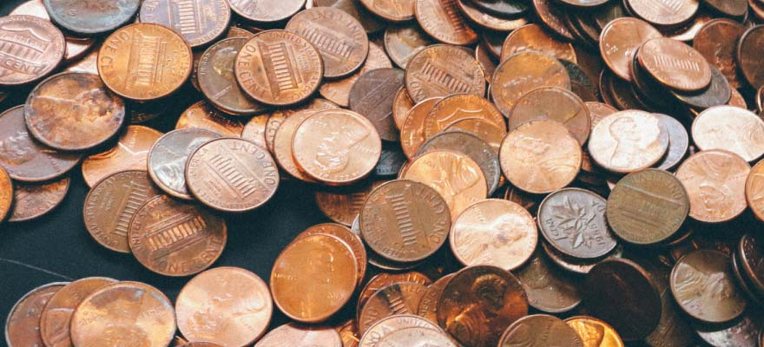A closer look at micro-investment platforms

What is a micro-investment platform?
Micro-investing platforms help users save small amounts of money through an application. They change the way people think about investing because they do not need any account minimum for a brokerage. They also allow people to invest, albeit not having an ample amount of money or assets.
Discussing micro-investment platforms further
Individuals who started saving when they were younger would take a piggy bank, place all spare money, and then go to banks to exchange them with more prominent denominations rather than the coins. We can take this analogy with a micro-investment platform, where the modern piggy bank is the platform. You create an account then register your debit card. This platform would round up your every purchase, and the amount difference to the nearest dollar would go directly to your account until such time that it accumulates. This idea of investing small came from Robo-advisors such as Acorns.
Robo-advisors and micro-investment platforms
Robo-advisors offer financial planning services that are automated and driven by algorithms. It means that they have very minimal to zero human supervision. Individuals would disclose their financial status and goals through a survey then Robo-advisors would use this collected information to give advice and make investments automatically. They offer easy account setup, goal planning, portfolio management, customer service, education, services, and most especially, low fees.
Acorns spearheading micro-investment platforms
Acorns website is a platform that helps users to invest minimal amounts of money through micro-investment platforms. Their banking services come with a minimal fee. Their services have three categories:
- ETF or exchange-traded funds for investing spare changes
- IRA creation and funding
- Providing of debit cards like Visa or Mastercard
A micro-investment scenario
Kelly works in a marketing company and goes to the office every day. Before she goes to work, she always makes a short trip to the coffee shop to order a cup of coffee worth $2.50. Since Kelly has a micro-investment account, her spare $0.50 from that $2.50 coffee accumulates every day. She effortlessly invests $10 a month if we multiply $0.50 with 20 working days. These minimal amounts will have a total of $120 within a year.
It is now more evident that times have removed traditional barriers to investing. Even with just a penny, anyone can invest. Investors don't have to save up $100 or more to buy one stock share or a mutual bond. There's also no need to pay hefty amounts of brokerage fees to buy a stock share. Micro-investment platforms ask for a nominal fee like $1 a month that they invest in fractional shares. These fractional shares in exchange-traded funds will diversify in various stocks and bonds that avoid market swings.
Micro-investments are also for people who save regularly
Micro-investment platforms
can also be a good investment plan for people who regularly save. Let's say $50
goes into a savings account per month. In ten years, this will be $6,000 with a
0% interest rate. Savings accounts pay lower interest rates than inflation most
of the time, so micro-investment platforms have less intrinsic value in this
case. If an individual invests with a micro-investment platform with the same amount,
after ten years, the total return would be more or less $8,580 if an individual
invests $49 minus a $1 platform fee per month that equates to an average of 7%
returns per year.




